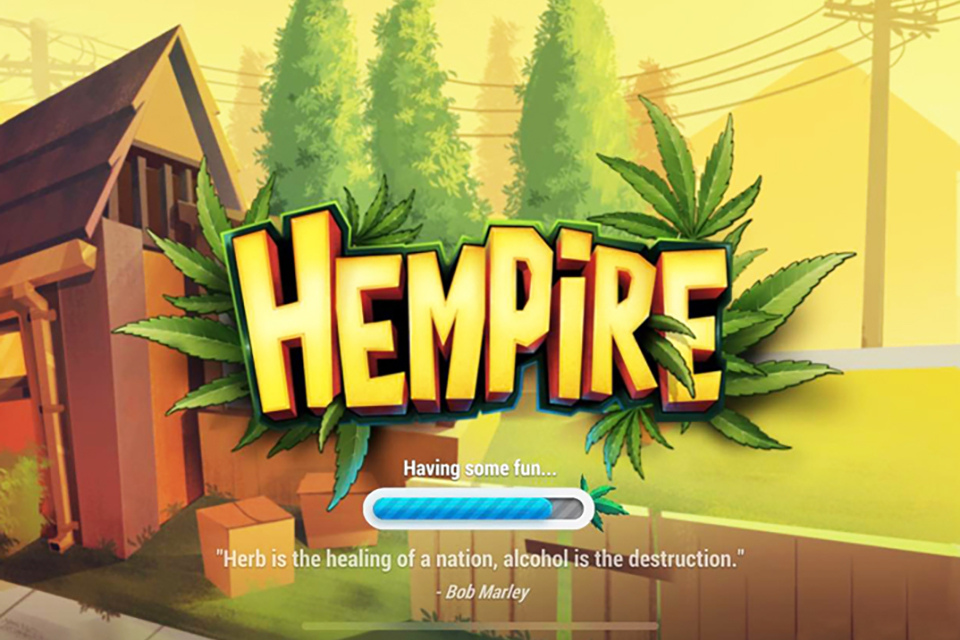
Cannabis History
Humans have been cultivating hemp and cannabis plants for at least ten thousand years, according to pottery found at archaeological digs in Japan. It’s been used as a psychoactive drug for at least five thousand years as far as we can tell, based on writing from China. It’s quite likely that the cultivation of hemp and the use of psychoactive cannabis often existed together throughout time, either as something people ingested in food and drink or as something they smoked. Though the modern use of cannabis as an inhalant is credited to the people of Sub-Saharan Africa, particularly folks in Mozambique and South Africa some time before the fifteenth century, it’s obvious that this practice is far older. The earliest archaeological evidence for psychoactive cannabis use is a pipe found in China along the Silk Road that dates back more than two thousand five hundred years. Thanks at first to trade and then to European imperialism and the trafficking of indentured people from India into conquered lands, cannabis is now found all over the world. While it was criminalized as part of a history of ethnic and class based discriminatory laws all over the British Empire in the nineteenth and twentieth century, it has since had a resurgence and is now considered an important part of several religions. Cannabis has also become a significant economic contributor to many regions around the world. Below is a more in-depth history of how cannabis spread over the last few thousand years.
The History Of Cannabis In Asia
Most folks trace the roots of cannabis and hemp use, pun intended, through Asia by the root word may, which seems to have travelled from the east to the west steadily over the millennia, until it was widespread as a cultivar by the time the current era began.
As mentioned above, folks in China and Japan have been using hemp plants for fibers since at least eight thousand years before the current era began, meaning around ten thousand years ago. It was also used in China as far back as seven thousand years ago, based on fragments of pottery with hemp imprints found on it. People in Korea were also using it at least five thousand years ago. There’s some debate about when cannabis got to India. Some scholars suggest that the drug soma mentioned in ancient Vedic texts is cannabis, while others doubt that. In any case, it’s been consumed in India for at least three thousand years. It’s thought by some to be consumed by Lord Shiva the Destroyer of Evil, one of the three most important gods of the Hindu pantheon. It was called qunubu by the Assyrians who lived in the modern day Middle East back from around five thousand years ago until 200 AD. They introduced the people of western Asia and eastern Europe to it back in the days of the Ancient Greeks. The Chinese were using it as their main source of paper pulp by the first century of the current era.
The History Of Marijuana in Africa
Apparently cannabis was slowly introduced to Africa by traders from Southern Asia, and was all over the continent by the sixteenth century. Some suggest that it first landed in Africa via Madagascar thanks to trade over the Indian Ocean, while others seem to believe that it made its way west from the Himalayan region though the Middle East and into the south from there, since there is evidence of it being in North Africa by 1100. This would make sense considering that cannabis had been used in Syria, just to the east, as early as 1100 BC, two thousand years prior. It’s possible that both northern land migration and southern sea trade of the plant happened simultaneously, but that records of the plant’s travels are simply not in common knowledge yet. While cannabis was traditionally eaten or put in beverages in Asia and the Middle East, it was in Sub-Saharan Africa that smoking cannabis first became a big part of weed use. Smoking culture proliferated in Africa and later mixed with tobacco smoking culture once it was introduced as well from the Americas. In South Africa, cannabis was fermented slightly before users dried and smoked the resulting paste. Folks in Mozambique were using cannabis as a topical salve by the late eighteenth century. Europeans largely ignored the use and growth of cannabis on the continent in their accounts up until the nineteenth century, when their imperial colonization began in earnest. By then, there were robust cannabis gardens from Egypt to Swaziland.
The History Of Cannabis In Ancient Greece
The Greeks brought hemp back from Scythia, which stretched from modern day Ukraine into Afghanistan and Kazakhstan, likely some time after 500 BC. Herodotus described, around 480 BC, the way that the Scythians would use vapors from cannabis plants for both ceremonial and recreational purposes, and this seemed ASIAto be a novelty to the writer at the time. Around two hundred years later, Theophrastus described the psychoactive use of cannabis vapors in ancient Greece in an identical fashion. It was used to protect priests from bad vibes and to guard temples from ill intending spirits. In the 4th century BC the recreational use of weed was mentioned in the comedies of Ephippus, and by Galen around 100 AD. The Greeks used raw hemp and cannabis in medicine to heal superficial wounds on both their horses and themselves, to stop nosebleeds, and to treat parasites. These uses were described in around 100 AD, but it seems like they were well-established by then. Young seeds were also used to create either a tincture or aqueous infusion that was then heated and put directly into ears to ease inflammation, infections, and congestion. Hemp seeds were also eaten raw in larger amounts to prevent teenagers from being too frisky. It was thought that hemp hearts reduced the build-up of semen and other fluids thought to increase arousal, and they were prescribed to people who suffered from sexy dreams. It’s this use that Galen made light of in his comedy in the second century.
Restricting Cannabis Throughout History
Weed was routinely restricted in various ways throughout history. It started as early as the Middle Ages, when the use of hashish and cannabis beverages was made illegal in what was then Arabia by the emir of Joneima, Soudoun Sheikouni. The use of indentured servants from India had the effect of spreading cannabis far and wide in the New World, which is how it first came to Jamaica among other places. The British would routinely end up making cannabis illegal, or discouraging its use via cultural practices, in areas where it proliferated. It was consistently touted as a low class and racialized habit in the eighteenth and nineteenth centuries. The King of Madagascar made cannabis use punishable by death soon after taking the throne in 1787. Cannabis use was restricted in Brazil in the 1830s as a way of subjugating the cultural practices of enslaved Africans. The British began criminalizing cannabis in India and abroad where major Indian populations lived as early as the 1840s. It was banned in British Singapore in 1870, the same decade it was made illegal to smoke it in South Africa. Many nations in the Islamic World began banning the use of cannabis around the same time. In the early twentieth century there was a push to make both cannabis and hemp illegal in all areas of the British Empire. Cannabis was made illegal in many places after a 1937 push by the League of Nations to quell both cannabis and opium use by many people around the world.
Cannabis Use in the Americas
Louis Hebert apparently brought hemp to North America in 1606. Before that, it was also brought to South America by the Spanish circa 1545, when they began cultivating it for textiles and ropes in newly occupied Chile. It was illegal for a long time in the colonies not to cultivate hemp, since it was such a vital staple crop for the production of textiles in seafaring societies. Ropes, sails, sackcloth, clothing, and paper were all made from hemp. By the seventeenth century it was also being cultivated by at least the Powahatans, but likely by other agricultural people on the eastern side of the continent as well. English hemp was distinguished from Indian hemp in law books in the colonies into the seventeenth century, possibly alluding to both textile and medicinal uses of it that far back, since Indian hemp was cannabis’ name in the Middle East when it was used to make hashish. Indigenous peoples in North and South America had varied relationships to the plant. Some communities cultivated it as a textile and food source, while others smoked cannabis in much the same way as one might smoke tobacco. This was likely, at least in part, due to cultural exchanges between Indians, Indigenous Americans, and Africans, who were in turn given knowledge of tobacco preparation and use. Many histories focus on the mediation of Europeans in these relationships, but it’s important to remember that all kinds of people were meeting and exchanging cultural information in the New World, including folks from Asia and the Middle East.



